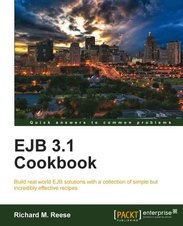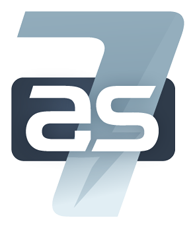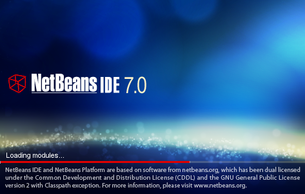
EJB 3.1 Cookbook is aimed at Java EE and EJB developers who need a reference guide that addresses the challenges provided by EJB3.1 in the form of “how-to” sections. At just over 400 pages, the book provides many recipes that will be of benefit to the majority of developers using EJB technologies.
The book is broken down into 12 chapters which form a natural progression starting with simpler recipes through to more advanced EJB techniques. Each chapter in the book starts off with an introduction detailing the subjects to be described in the rest of the chapter followed by the recipes themselves. Each recipe follows a standard “pattern”, starting with a title (e.g. “Handling a map-based message”) and a description of what the recipe is trying to achieve. Recipes are then broken down into sections:
- “Getting ready” provides an overview of how the recipe works.
- “How to do it...” provides a full description of how to achieve the recipe’s objectives.
- “How it works...” explains how any code samples are pulled together and explains any code referenced in the previous section.
- “See also” identifies any other recipes that may include pertinent information to assist the reader in their understanding.
The first three chapters of the book provide an overview of EJBs. Details are given of Stateless, Stateful, Singleton and Message driven beans. Details of how to access these types of beans from every useful scenario are given, e,g, via dependency injection, JNDI or from an applet. After showing how to access EJBs, recipes are provided for controlling beans via such things as concurrency, initialization and granularity. For MDBs, recipes are provided for receiving different message types such as Map based messages or Object based messages.
After introducing and showing how to reference and use EJBs, the next few chapters of the book describe EJB persistence. In this section over 30 recipes show how to manage EJB persistence, validation, querying and transactions. These chapters assume that the user has some knowledge of database persistence, but nevertheless provide useful persistence recipes, for example, “Validating persistent fields and properties” or “Handling errors in a transaction”.
The next 2 chapters detail EJB security and Interceptors. The section on security provides details on how to setup security for the GlassFish application server which is used in the code samples throughout the book. Configuring the application server is specific to GlassFish, but the code samples used throughout the book relate to standard EJB 3.1 and are applicable to any application server supporting the EJB 3.1 standard.
The EE Timer service and EE web services (both SOAP and REST) are the final sections of the book that cover recipes relating to developing EJBs. As in all recipes in the book, these provide a good introduction to the topic at hand and provide extensive code samples of how to solve the particular development problems.
One of the main goals of EJB 3.x was to achieve an easier programming environment and that has certainly been achieved with EJB 3.x’s extensive use of annotations. Sometimes however, it can be necessary to still use deployment descriptors when deploying EJB applications. The various uses of deployment descriptors are detailed in the section “Packaging the EJB”.
EJB 3.1 Cookbook is an excellent resource in an EJB developer’s library. It’s not the sort of book you pick up and read from cover to cover rather a useful resource that you pick up when you think “How do I do xxx in EJB?”. With over 100 recipes this book is recommended to developers using EJB technologies.
Thanks to Nicole at Packt for providing me with a copy of this book to review.
EJB 3.1 Cookbook by Richard M. Reese, published by Packt Publishing, ISBN 979-1-849682-38-1.
Further details of the book can be found on the
Packt website.




